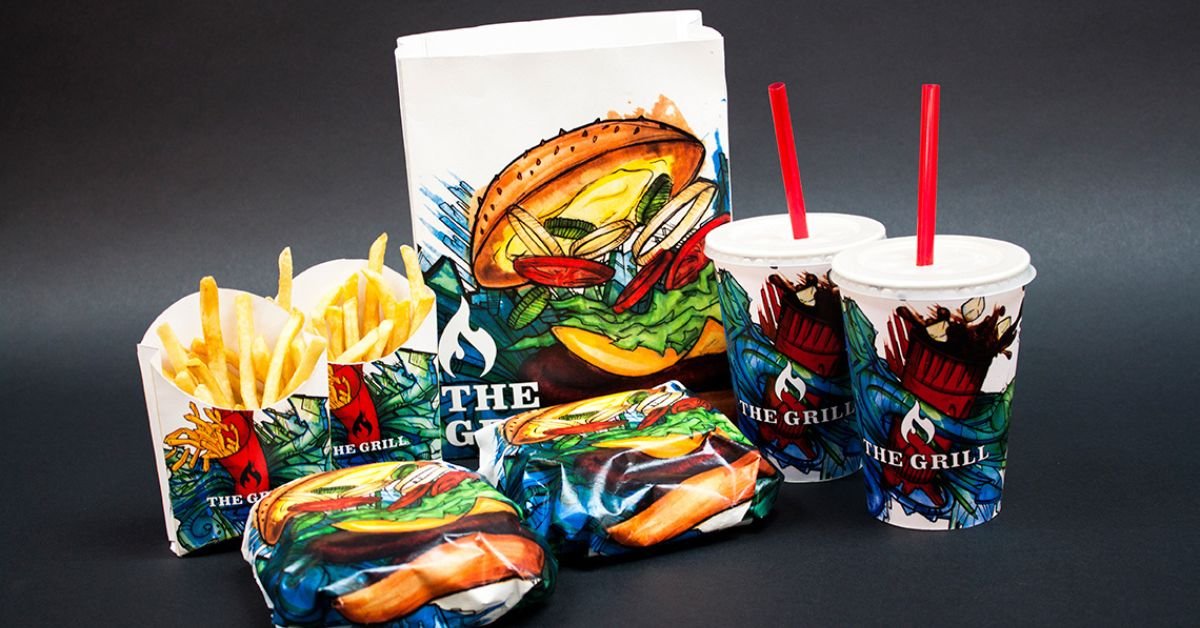How Fast Food Marketing Targets Young Consumers?

Fast food marketing focuses on young consumers with engaging ads, social media initiatives, and handy outlets near schools and universities. Marketers use brilliant colours, catchy jingles, and prominent influencers to connect with young audiences. To attract younger viewers, they frequently advertise limited-time bargains, meal deals, and toys included with children’s meals. Fast food in Stockport high-traffic areas, as well as their active internet existence, makes it easier for young people to access and engage with these companies, boosting frequent consumption.
Eye-Catching Advertisements
Fast food ads are recognise for their bright colours, catchy jingles, and emphasis on visually appealing meals. They frequently target children with cartoon characters and cheerful families sharing meals.
Strategic Packaging
Fast food packaging is intended to be easy and lightweight, with vibrant hues and appealing designs to draw attention. Limited-edition packaging can also be utilised to build enthusiasm.

Social Media Influence
Social networks today are one of the most efficient advertising media in the modern world. Fast-food corporations target the youth, and this is why they use social media platforms, including Instagram, TikTok, and Twitter, which the youth often engage in most of the time. Fast-food marketers use youth’s favourite characters and superstars to provide them with interesting and related content.
The Role of Celebrities and Influencers
People with celebrity status have a huge impact on the choices and habits of young customers. To promote their products, food corporations frequently cooperate with well-known musicians, athletes, and entertainers. Such endorsements build confidence and reliability, increasing the likelihood that young consumers will try and purchase the marketed products regularly.
Strategic Location of Outlets
The physical location of food restaurants is another deliberate marketing tactic aimed at young consumers. Many food outlets are carefully located near schools, colleges, and popular hangout areas for adolescents. This practical component makes it simple for young customers to get food, whether they need a quick lunch during classes or a location to hang out with colleagues.
Branded Merchandise and Products
Food corporations have recently been selling toys and products bearing brand logos to preschoolers and young children to foster an early and favourable bond with the child, increasing brand recognition and proclivities. The food business collaborated with toy producers to create toys that promote food. Last year, GM collaborated with Target to produce a line of kids’ relaxing apparel inspired by popular cereal brands such as Tix and Lucky Charms. M&M’s candy company distributes various products, including entertainment and clothing.
The Appeal of Convenience
Convenience is a major feature that attracts young people to food. Young individual’s fast-paced ways of life, which include hectic school schedules, extracurricular activities, and social commitments, make eating fast food an appealing choice. Fast-food restaurants promote the ease of consumption of the goods they sell via drive-thrust, online ordering, and delivery options.
Customisation and Personalisation
Another strategy that attracts young customers is the opportunity to customise and personalise food purchases. Many fast food chain operators allow the customer to select from a range of options to get a meal that suits the customer’s preference. The view of power and creativity is most appealing to the youth because they value the opportunity to express themselves.
Engaging with Trends and Pop Culture
Another reason for frequent theming is that fast-food corporations pay a lot of attention to being up to date with the tendencies and modern youth culture. Whether it is creating a few items that are designed around movies that are on the big screen, presenting certain types of events, or even participating in online commonality challenges, fast food companies are always in search of something to fit.
Final Words:
Fast food marketing has become more strategised in the manner they promote their products, especially to the youthful market. The food industry firms are effectively including their products in young people’s daily diets by influencing adverts, social networks, celebrities, good positions, and nice offers. Although these methods of advertising have been known to be very persuasive, there is also the need to bring more understanding and responsibility to the impact of fast foods on the overall health of young consumers.
Also, read: 7 Healthy Vegetarian Recipes You Must Try Once










